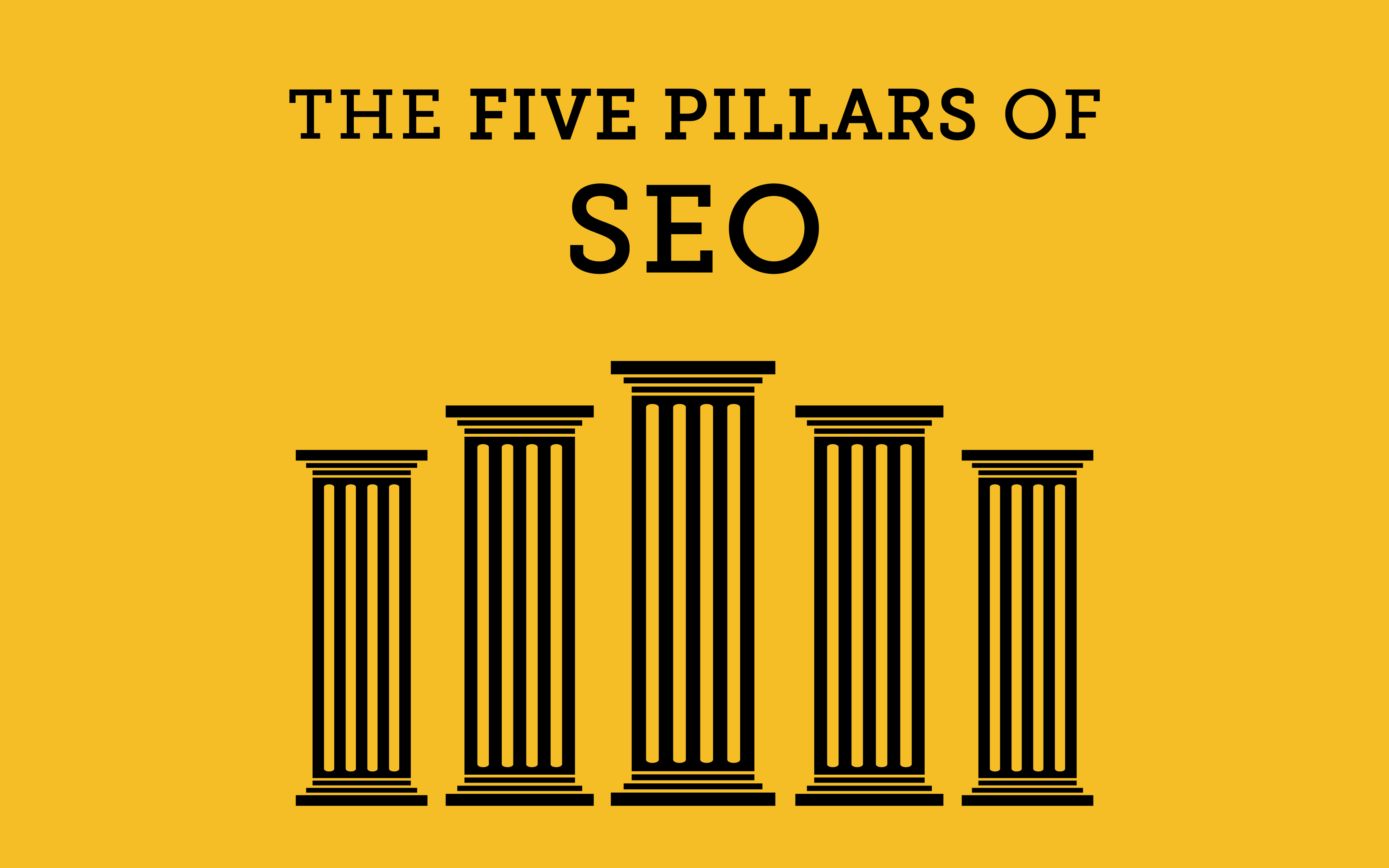The Adaptive Role of an SEO
We always get the question, “What do you actually do?” This is because, to most people, SEO is something of an afterthought because they do not understand it. SEO is some sort of black magic we sprinkle on a project at the last second like a garnish. The role a SEO Specialist fills is very vital to any online entity. We are the bridge between the developers and the marketing department. We understand both realms and prioritize items across both sides. We are also the ideation team. A SEO Specialist is in a unique position to propose ideas to generate more traffic, craft the UX, and increase conversion rate for any website.
And Now for an Analogy…
Like a house, SEO has 5 distinctive pillars:
-
Technical SEO
-
Content Optimization
-
UX Strategy & Conversion Rate Optimization
-
Local Optimization
-
Social Optimization
Each of these pillars are highly important to the overall health of a website and critical for online success
-
Technical SEO
The technical aspects create a solid foundation and frame for the website to build off and expand. If your foundation is cracked then you are screwed. Technical SEO is critical to get right. If you build your site on a platform that is not compatible with what you are trying to do there will be inherent problems from the start. Or if you have giant holes in your security because your website is not framed up correctly. Much like a house, you need to have the base of your website on a solid foundation and the frame of the house to be strong with no gaps or issues that hinder the construction or the stability. An unstable platform or an oversight in coding can derail all other marketing initiatives if not fixed.
-
Content
Content is your structure and base function around the website. Without great effective content, users have no reason to visit. Think of content as what goes in the house after the framework is technically sound: the furniture, appliances, décor, etc. Users are going to need and want certain things that your website (house) should provide. And, content must be packaged nicely in a way that users will find helpful and usable. What is the basic information that users need? What will help them understand your business and what they should be doing on the site? Content should describe the who, what, why, and how of the website and of your business. In addition to what content is on the site, the organization of that content is equally important. One question we always ask is the following: Can users find what they are looking for easily and can they understand it? If you can’t answer this simple question, it’s time to rethink the content on your site.
-
UX Strategy & Conversion Rate Optimization
Every website has a goal or a conversion point. This point might be buying a product or downloading a whitepaper or even just reading more about your brand. Every website has a goal and wants to drive traffic and users to said goal in the easiest, quickest manner possible without seeming pushy. UX and CRO are critical to this piece because the way the user experiences the site impacts if they want to convert or even return. If you have a house with two paths to take once you enter and your goal is to get to the kitchen but nothing is marked then you are going to have a bad time. People decide whether or not to buy a house based on aesthetics and the basic functionality of the layout all the time. Your website needs to be easy to understand, quick to get people where they want to go, and seamless in design to keep people’s attention. Without the conversion your site is meaningless.
-
Local
It’s as simple as getting there… well, if people can actually find you easily, you show up in search results and it isn’t a hassle for them on their smartphone. Just a few decades ago, you’d look up a store in the White Pages, look at a map and maybe give the store a call to find out more information. Now in 2015, you’d probably use your mobile phone to search for the closest store near you, plug the address into Google Maps, and maybe visit the website to see if you can buy something and pick it up in the store. Consumer behavior has changed significantly and it is crucial to be visible online for your customers. Some important things to keep in mind for local are: data accuracy (address, phone number, hours), useful content, and user reviews. In addition to the big players like Google, Yelp, and Yellow Pages, there are thousands of directory sites that people use. Being visible and ensuring that local data is accurate and up-to-date is something we do everyday for our clients.
-
Social
Social connects our visitors to our story, to our brand, and to everything they love about us. Why not capitalize? Just like an open house, you’ll want to showcase and feature your website and all its unique and best features. Social optimization drives a very important humanistic value for your business to reach into laterals you wouldn’t be able to reach using traditional channels. It has evolved to where if you aren’t on social media or are using it wrong it is a big deficit to your overall digital marketing efforts. A good house needs to be shown to the world, as does your website.
